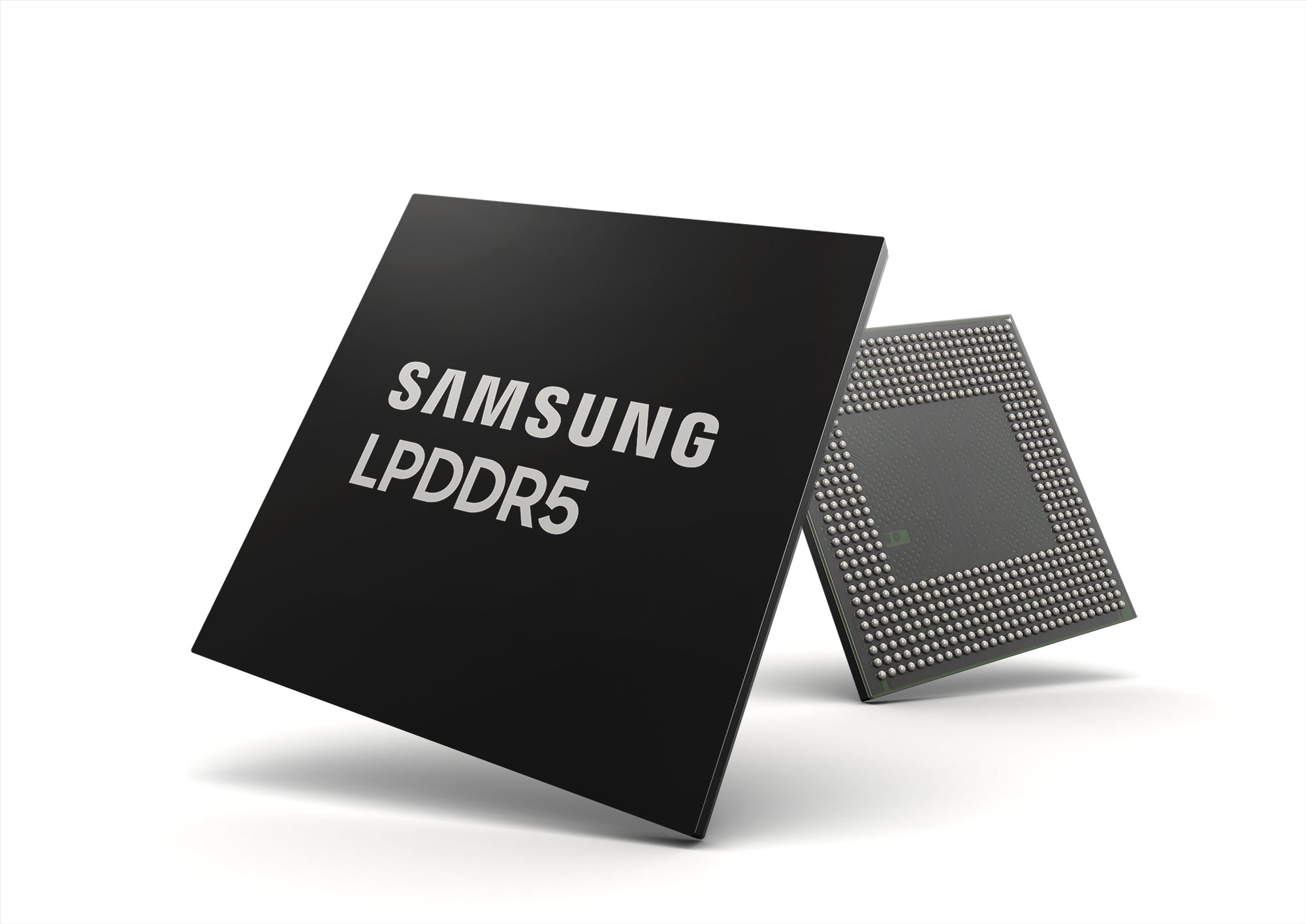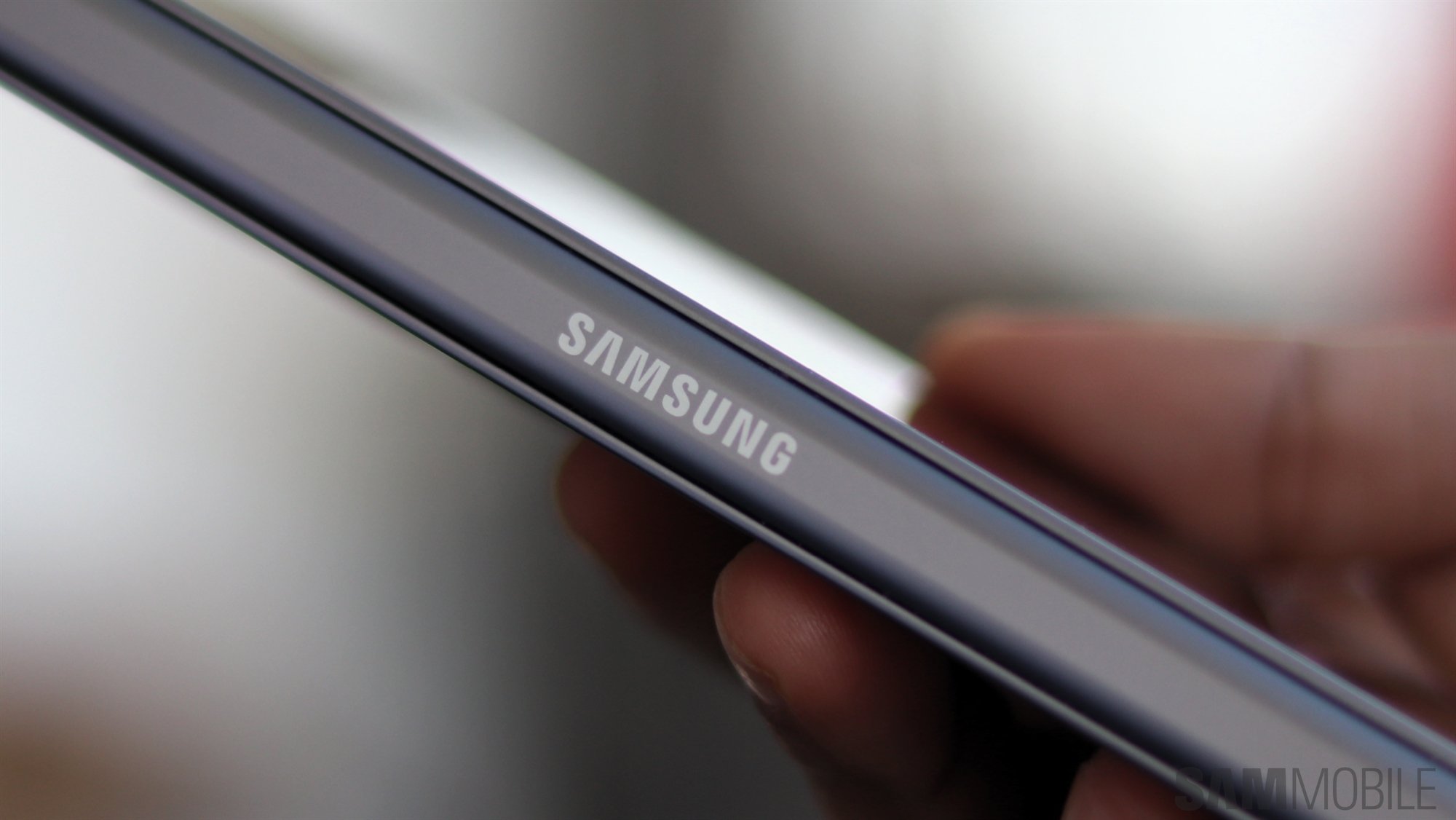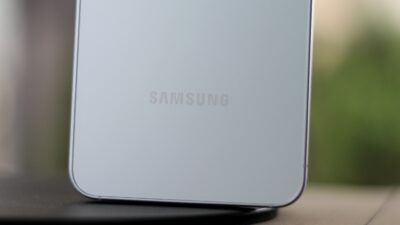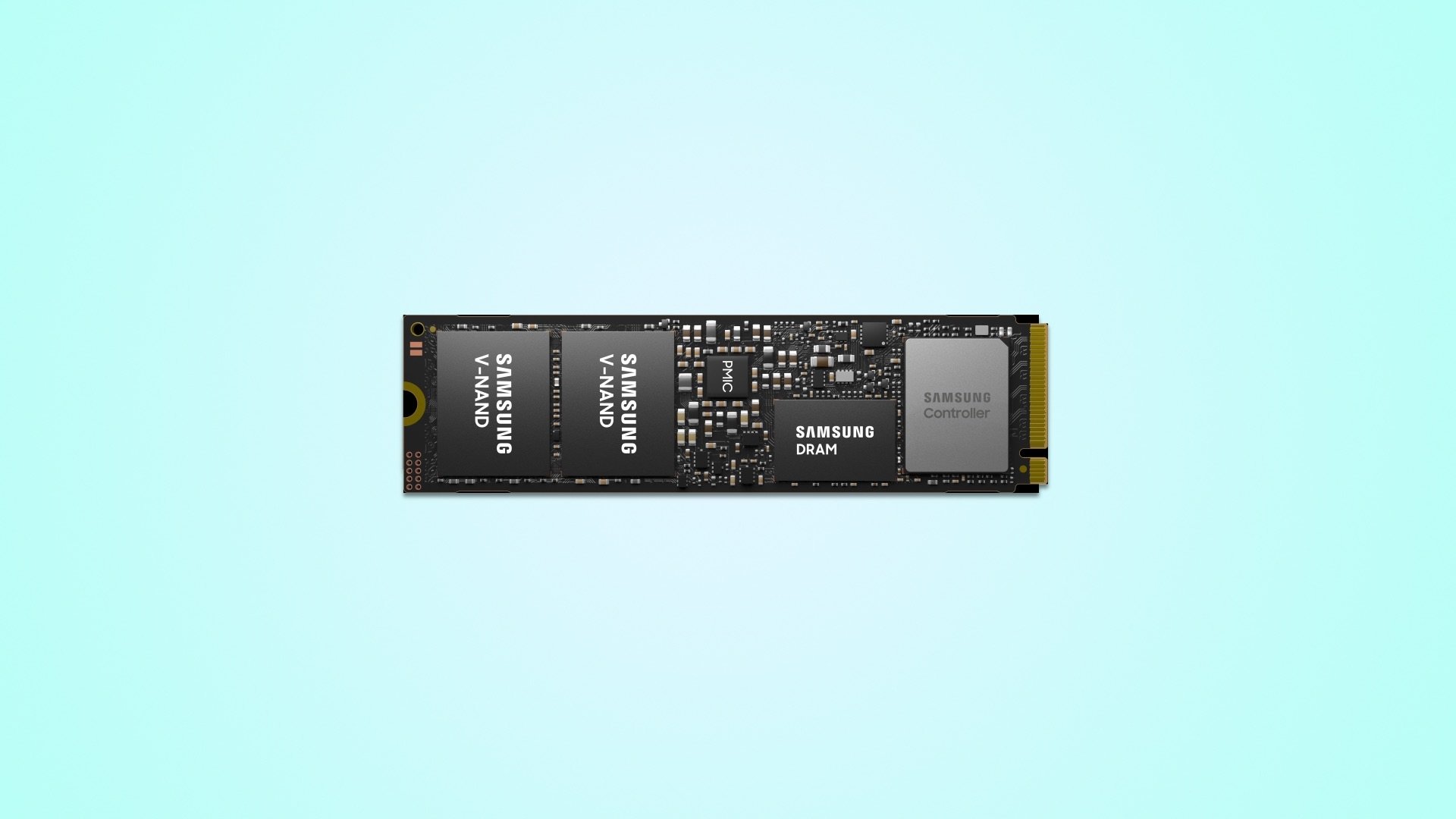
Samsung was reportedly the only supplier in that position last quarter because the company managed to lower production costs by transitioning to 1Y-nm production. By doing so, Samsung increased its operating margin from 33% to 36%.
Samsung sat at the top of the DRAM foodchain in Q4 2019 with a 43.5% market share, down 1.6% from the previous quarter. In contrast, Samsung's closest rival, SK Hynix managed to increase its market share by 1.2%, but profitability was negatively impacted by its transition to the 1Y-nm production which led to a low yield rate early on.
How is the future looking for Samsung's DRAM business?
TrendForce estimates that DRAM chip suppliers including Samsung could improve profitability in the first quarter of 2020 by increasing their prices, but whether or not this will happen is another matter. Samsung's server DRAM selling prices have already dropped quarter-on-quarter but its sales figures increased by only 2-3%.
TrendForce's DRAMeXchange research division wrote a paper last month explaining that Samsung's Hwaseong incident won't affect DRAM prices in Q1 2020. That's not to say prices can't increase for other reasons, and only time will tell if Samsung will adopt this strategy this year.
As for production capacity, TrendForce predicts that Samsung will manufacture roughly the same amount of DRAM chips throughout 2020 as it did last year, so it's likely that the company will maintain its top spot throughout the year but it might not see huge improvements in sales figures. As to how the company will tackle production, Samsung will reportedly allocate Line 13 to CMOS production instead of DRAM in the earlier part of 2020 but will offset this by mass-producing DRAM chips at its second memory plant in Pyeongtaek, South Korea.


















